
Home » Science of Reading FAQs from Teachers
Chances are that you have heard about the body of research known as the Science of Reading. This research is shifting the way educators are teaching children to read and bringing to light the reading crisis so many students are facing. Teachers are learning more and making small changes, but we know there are questions and lots to learn. We collected some Science of Reading FAQs from teachers who want to learn and do more. Read below for answers to these questions and more.

Check out these related posts:
Strategies for Struggling Readers
Science of Reading vs Balanced Literacy in Kindergarten
Science of Reading Support for Teachers

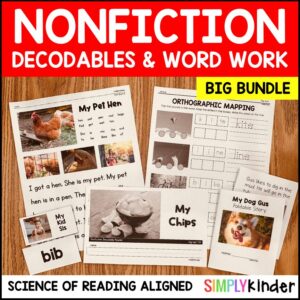
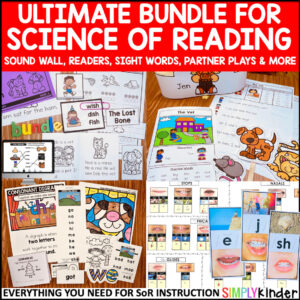
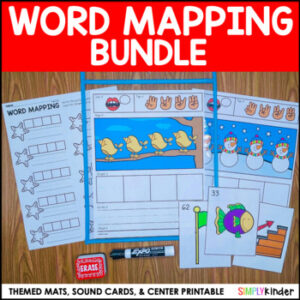
A good place to start in making the shift to SoR is changing how you think about what you do in your classroom and the language you use with your students. Look at resources and materials critically to make sure they are aligned with the research. Do not send home handouts that support the 3 cueing system or guessing words based on the pictures.
Small shifts can make a big difference. This could mean modifying a worksheet where digraphs are represented in 2 boxes instead of 1 to represent the digraph sound.
The language we use and the phonics rules we know to teach are important. For example, instead of teaching Silent E as “when you see an e at the end of a 4-letter word it makes the vowel say its long name.” There are 9 jobs of that silent e and they need to be explicitly taught!
Tweaking how you’re presenting things will help students to start thinking critically and understand that we are word investigators. English is highly decodable and teaching phonics explicitly instead of memorizing words is key.
There is lots of training and PD to pick from. LETRS is and has been the top-line training program for many years. We highly recommend taking it if given the opportunity, but it is time-consuming, expensive, and you may not even have access to take it. (Jennifer has taken LETRS and speaks so highly of it).
Many SoR trainings are based around programs or curriculums but that will provide a strong basis for the research and concepts weaved in. (Jennifer has also done several of these curriculum-based trainings over the years and highly recommends getting training this way as well).
A great place to start for teachers are podcasts, books, and online programs. You can check out our list of podcasts here, recommended books here, and other trainings here. Every teacher should listen to Emily Handford’s Hard Words podcast here. It is a great speech on the history of how we got here and where we need to go.
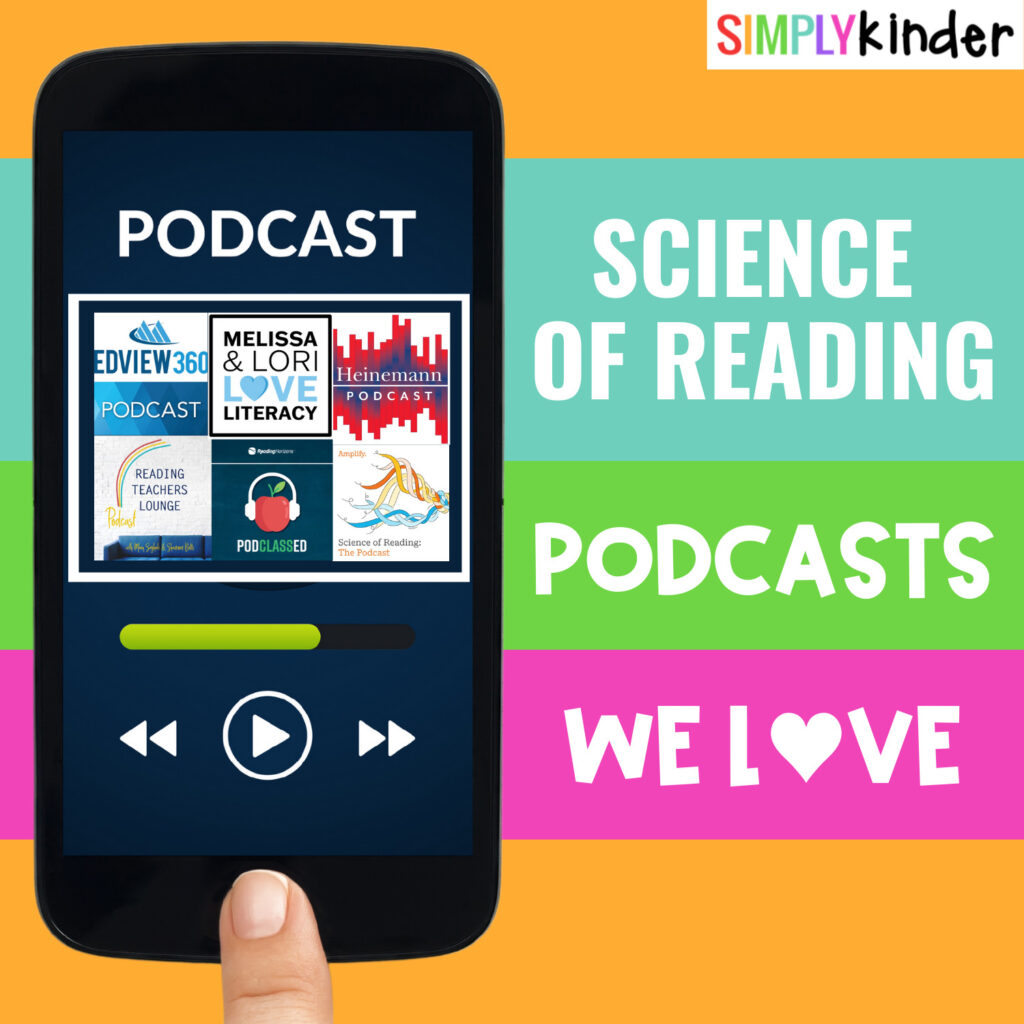

This is a science and so it is evolving as more is being studied and will continue to change and grow. Give yourself grace and time because this shift is not easy but necessary. One change at a time is perfectly acceptable given all the things thrown at teachers. Give yourself grace. Another thing, try not to compare yourself to social media and all the things they say you should or should not be doing. Pinterst perfect is not realistic for most. Everyone is at different stages in this change and that is ok as long as you are making progress and moving forward to be the best teacher for your students.
First, does this child have a learning disability? 1 in 5 people are Dyslexic – that’s a lot and the chances are you have some in your classroom! These students need more intervention and support than a general education teacher can provide. Students with dyslexia need to have explicit, systematic presentation of concepts. But, this approach is really good for all readers. Let me break this down a little more.
Explicit – Balanced literacy (generally speaking) has kids just magically understanding many concepts. When you get to a word you can’t read it recommends “looking at the picture”, “thinking what would make sense”, or “skipping it and moving on.” But, if the child is having trouble decoding a word, why are we not focusing on the skill of decoding? This is explicit instruction.
Decoding means to focus on the sounds! Figuring out what sound each letter represents – working backward and thinking about those rules and generalizations to figuring out what sound is appropriate for each letter or letter combination. But first, students must know those sounds and letter combinations and when to use each one. An example, why is the O in GO long but the O in GOT short? Most people can’t tell why when you ask them that – their brains just have done that rule so many times, they just know and apply it in other words. Explicit instruction means we teach the kid that when a one-syllable word ends in a consonant the vowel will say its short name. When a one-syllable word ends in a vowel it will be long. (It’s literally that simple but many people don’t know this, they just do it automatically).
Systematic. This means many things. This means we have a logical order to what we are teaching and we follow it as best we can. There is no set order to teach phonics, so you will see different programs with different orders. The important part is that we have an order and advance through it logically.
It’s also important to note the instructional routine here. This is very important for your neurodiverse learners because of the cognitive load on the brain. Let me explain… say you have a struggling reader who is in your small group every week. This student is going to benefit more from having the same routine in the small group because they are not going to be processing the directions as much and able to focus on the concepts. In every group lesson, they get phonemic awareness, decoding practice, and encoding that build upon each other within the lesson and then from day to day advance through the skills. The activities can change slightly, but that focused attention will create a system of learning that makes it easier for them to learn new skills.
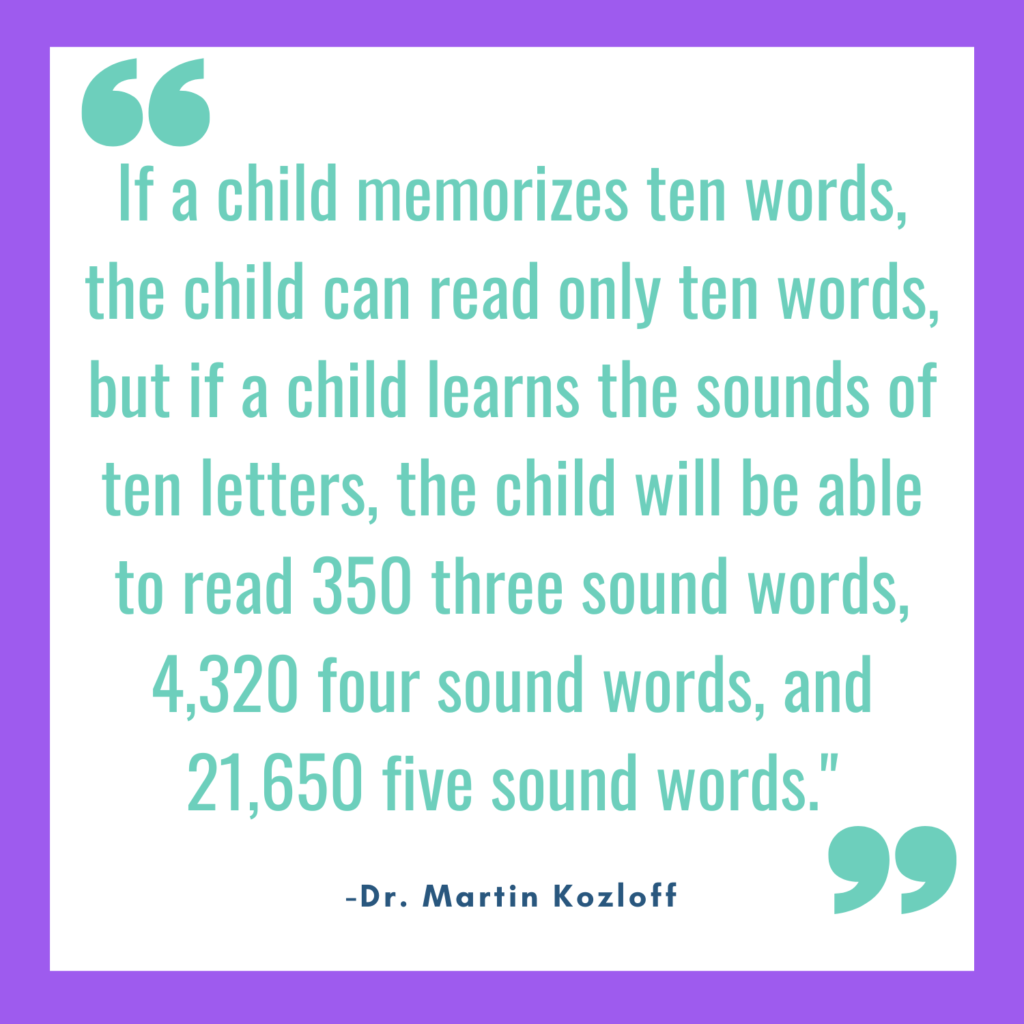
There are so many more questions that teachers are working on answering together. This is an exciting time for literacy instruction as more students get the skills they need to be successful readers.
Check out all of our Science of Reading blog posts here!
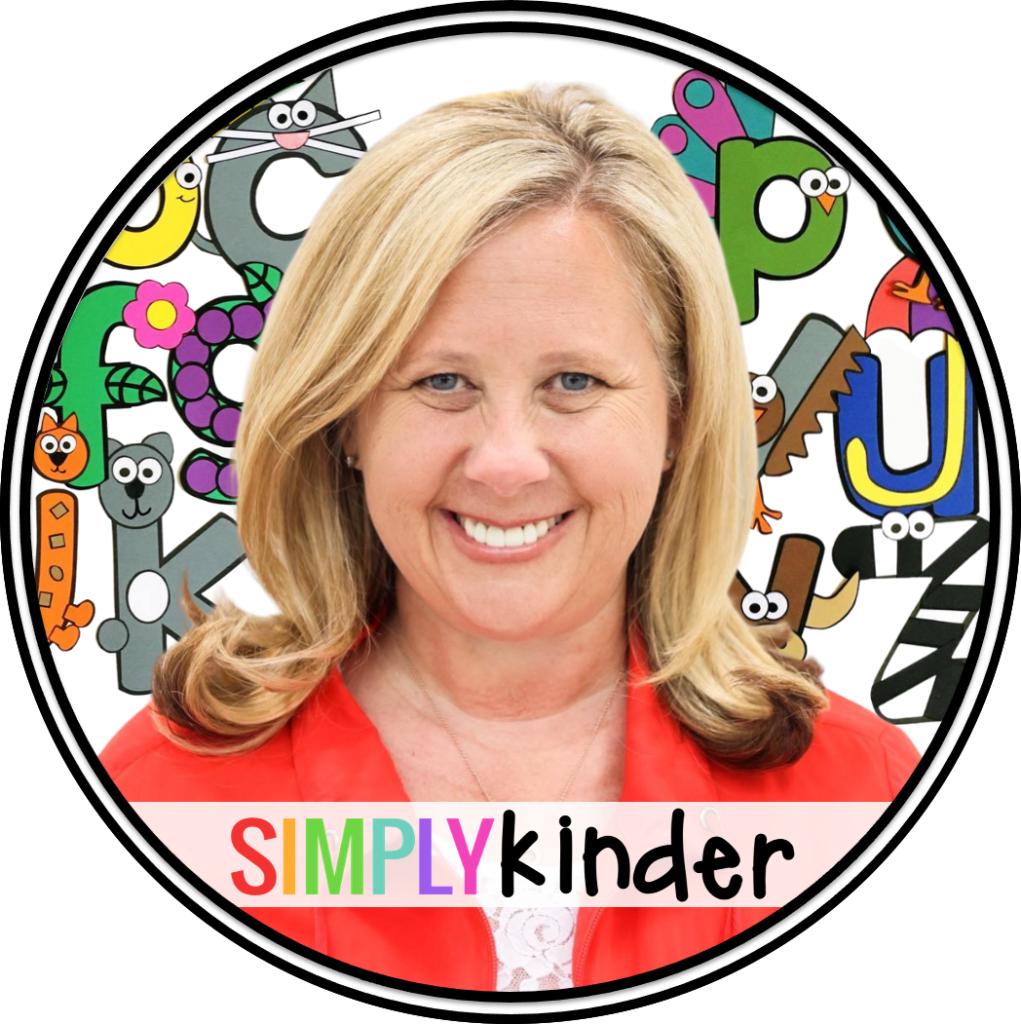
With Unmatched Printables & Engaging Classroom Ideas, Simply Kinder is your TRUSTED TEAMMATE.
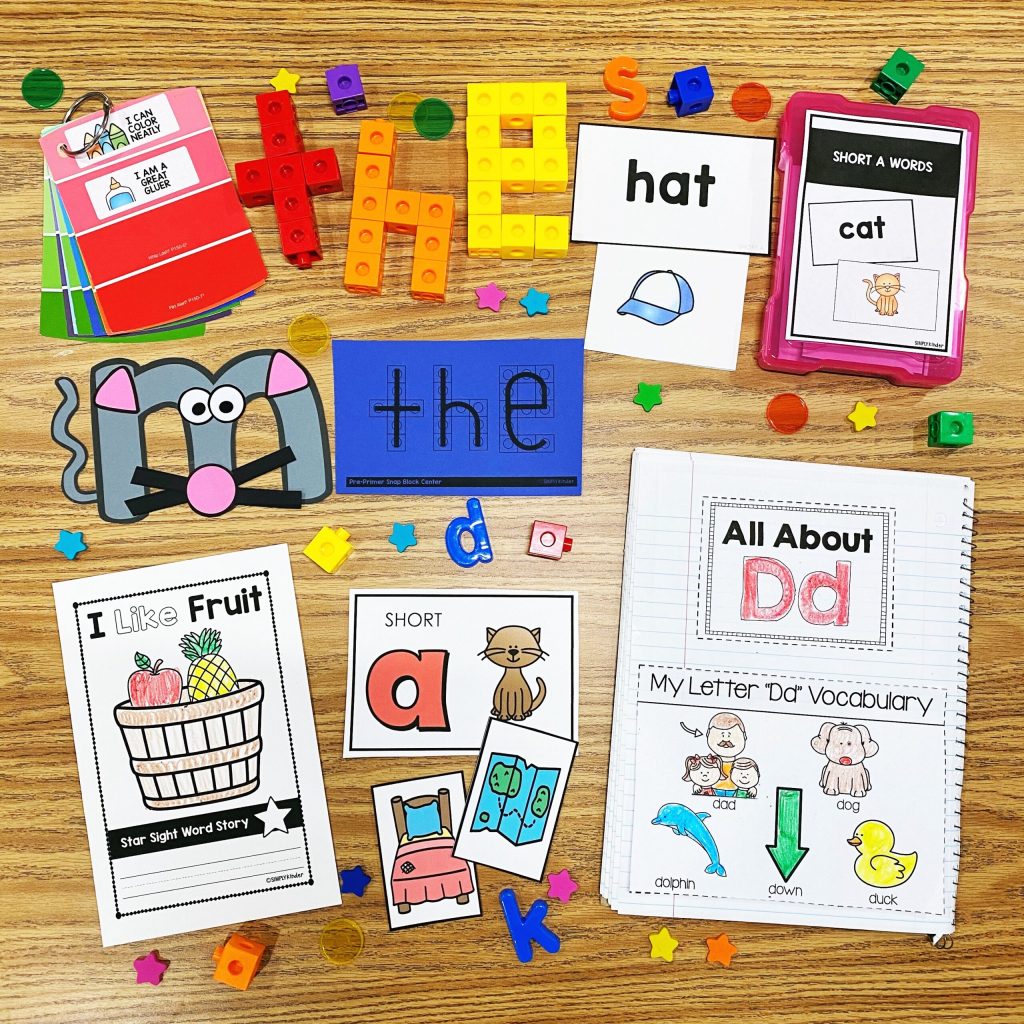
Get our emails loaded with free resources, teaching ideas, and so much more!

You might also like: